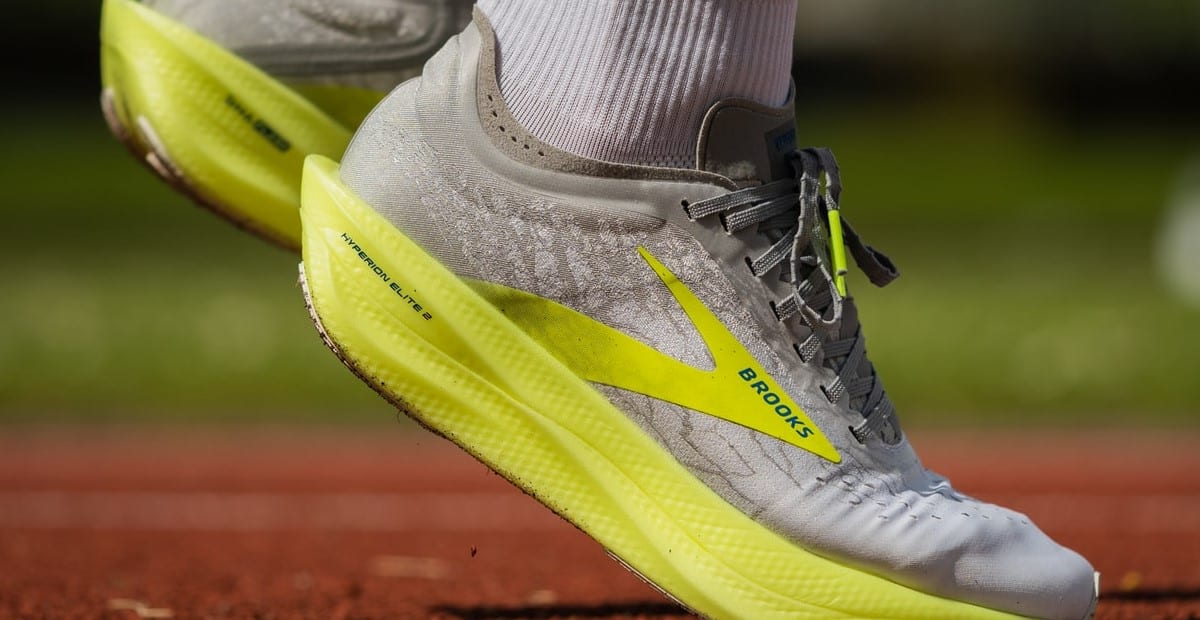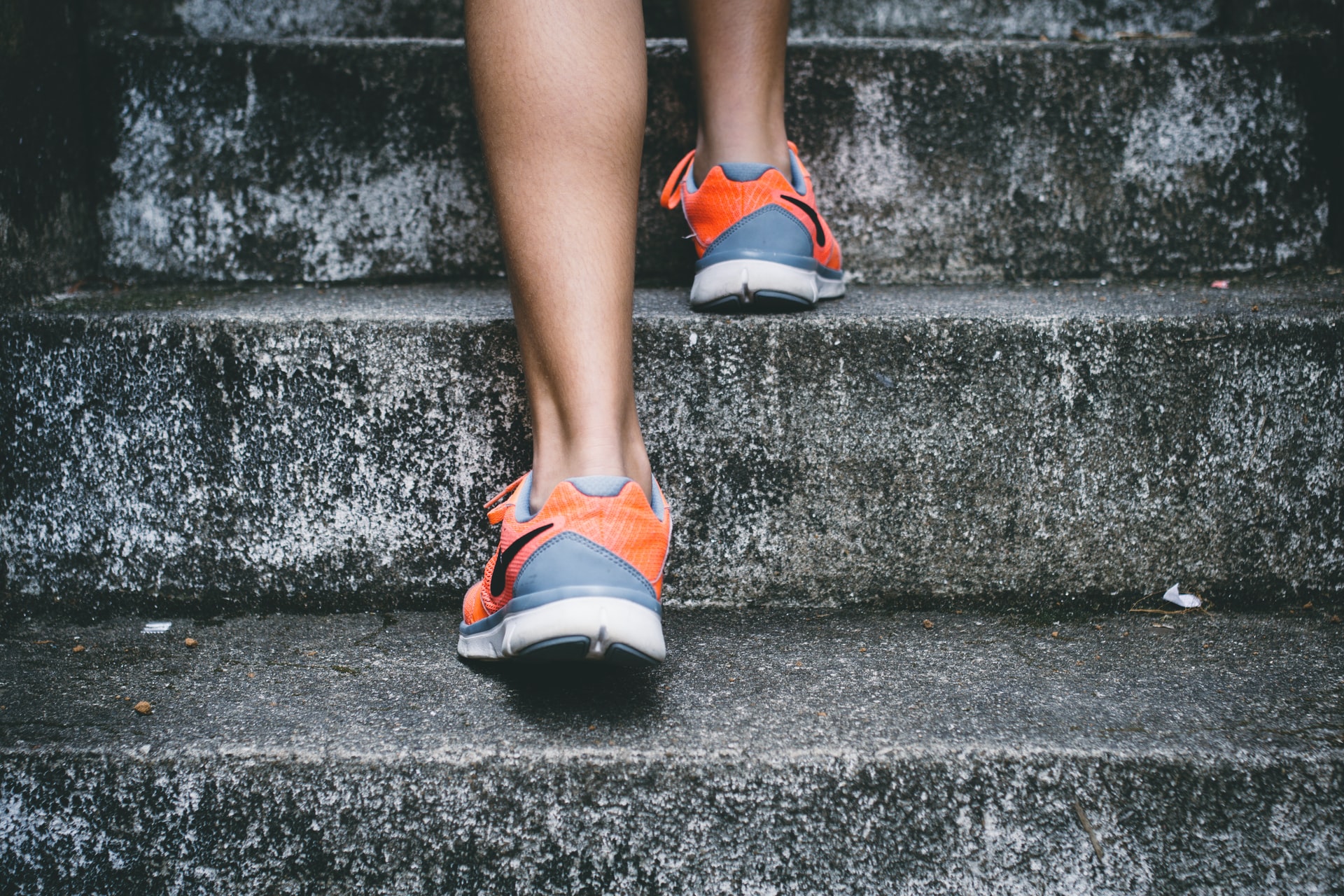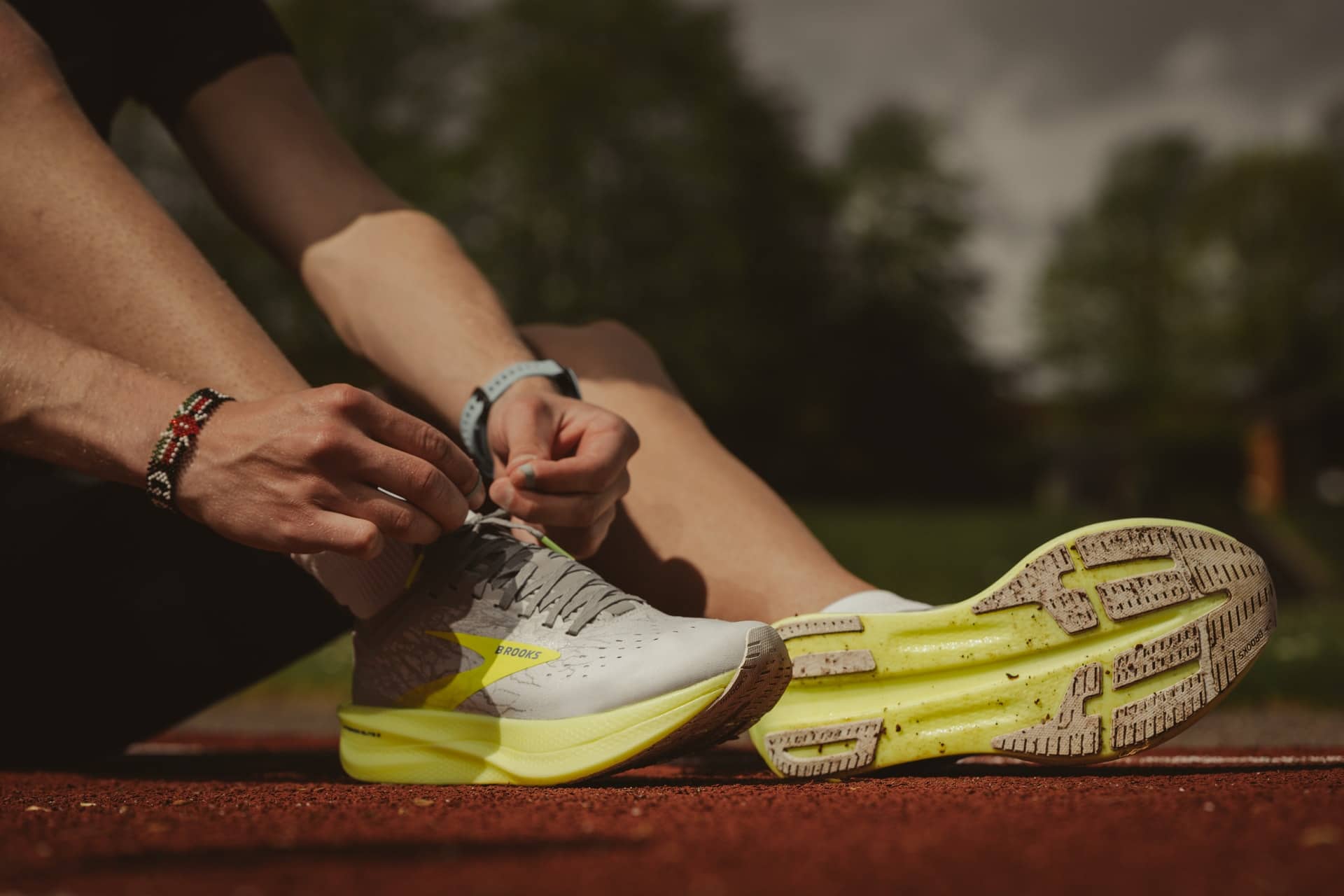
Contents
Blisters are a probable downside of physical exercise. The heat and friction between your shoe and the skin cause blisters to appear, which may be highly irritating, but you can’t let them stop you from a workout.
A healthy running session is essential to a healthy life; running is a cardiovascular workout, so it doesn’t focus on fixed body parts like weightlifting. It provides you with a fantastic opportunity to train your entire body without spending hours working out.
Running is also great in preventing obesity; studies have shown an hour on a treadmill can burn up to 1000 calories for an average 80-kg male. The results may improve for intense workouts. Despite the great results, some runners fail to practice running in the long term due to various obstacles.
Some may have difficulty finding the right track; slow results demotivate others. Blisters are a problem that affects most runners; unlike the last two issues, blisters can’t be prevented simply by changing your location or changing your diet.
Hence, it is crucial to learn about the subject thoroughly before starting your workout. Are you a runner beginning your running routine? Well, this blog is for you. We shall discuss everything you need to know about blisters and how you can prevent them.
Let’s go!
What is a blister?
Blisters are fluid-filled spots that develop between the layers of our skin. A human body has three layers of fat skin; a blister is formed between the first and second layer and is usually filled with blood or water.
The colour of the blister would depend on the injury’s severity; if the blister gets infected, the colour will change to milky white – the pus indicates the infection. Usually, the infection occurs after the blister has been scratched.
For runners, the blister will generally appear on the foot or ankle, but it can develop in other parts too. Let’s learn the leading causes of these little nuisances…
Types Of Blisters
Frictional blisters:
The most common type of blisters are friction blisters; it is usually an aftermath of a tight shoe rubbing against your moist skin and can arise after walking too long in poorly fitting shoes. The frictional blisters formed under your skin fat are filled with a clear fluid.
Blood blisters:
They are relatively rare, but if you have been pinched before, you would know what it feels like. Blood blisters are caused after your skin is scratched and a blood vessel is damaged. The blood flows from the damaged vessel to the first layer of skin and is pooled to create a blister.
Heat blisters:
If you are from the middle-east region or warmer parts of America, you might never have to face a heat blister. They usually arise after heat burns or sunburns. They affect the second layer of the skin and are filled with a clear fluid.
Causes Of Most Blisters
Before we learn about blister prevention, it is essential to know what causes them.
New shoes
If your blister has appeared right after you took your new shoes for a run, then the problem might be easier to locate than you think.
Once you are a frequent walker, your foot will adjust to the alignment and shape of your old shoe; hence, when you shift to a newer one, there might be some new areas of friction between your shoe and skin, causing the blisters.
Tight shoes
While we won’t recommend wearing loose shoes for your runs, cramped shoes are more dangerous than the former. Lack of space between the shoe and the foot would mean higher friction between the objects, which results in blisters.
Not only that, but a tight shoe will also mean your toenails might get broken after a jogging session too.
Dry feet
Millennials hate to see any signs of ageing, which often means petroleum jelly is never far from their shopping list. Once your feet are dry, the contact between your shoe and feet can be rough, resulting in frictional blisters, petroleum jelly could well help alleviate this.
Moving foot
Previously, we suggested the cons of wearing cramped shoes, but loose shoes aren’t much better really. If your shoe is considerably loose, allowing your foot to slide up and back during runs, you are opening yourself up for friction blisters to form.
As your dry feet rub against the front and back of the shoe, a blister may appear.
Poor quality socks
Another reason for blisters is poor-quality cotton socks; these socks get wet due to sweat during the workout. Usually, moisture between skin and shoes is recommended as it prevents frictions.
However, wet socks make your skin weak and vulnerable to germs. Hence, wet socks can be a reason for blisters on your feet.
How To Treat Blisters?
Most runners aren’t afraid of blisters until they get them of course; therefore, before we discuss the technique to prevent them, it is vital to let you know how to treat them to help relieve the current pain you may be in.
Let’s discuss the best ways of treating blisters.
A blister can possibly appear during your exercise. It is best to stop right away to prevent the blister from popping or creating an infection. Once you note the blister, readjust your shoe to exert minimal pressure on it.
If possible, you should change to a different shoe pair. An open blister is vulnerable to contact and may lead to pain while wearing shoes or taking them off. You should cover it using a bandage or blister pads; they will create a soft region for your blister and prevent it from hurting.
The next question is whether to pop the blister or let it go. A small blister will heal within a few days and might not impact your daily chores. Popping blisters can sometimes lead to an infection, and it is better to let it heal itself.
However, if you have a large blister that impacts your daily life, it is better to pop it. Here are some steps you need to take.
- Clean your hands and feet using soap or water. Make sure to use rubbing alcohol for cleaning the blister.
- We will need a sterilized needle to burst the blister; you can clean it using rubbing alcohol.
- Select the blister’s top and pop it with the needle. You may create several holes to drain the fluid completely.
- Once the blister is empty, you should clean it using an antibiotic ointment and apply a bandage to it.
- After several days, cut the dead skin, and reapply ointment.
Five ways to prevent blisters






Prepare your feet
How was running on the first day? Most runners end their first workout session with shortness of breath; any high intensity on the first day for an unprepared body can be a big ask, and expectedly, the body will take a long time to get back to normal.
Similarly, your feet must toughen up for the hectic routine before performing their best. You should plan your workout to increase the distance gradually. The goal is to prepare your body parts for a significant shift in your daily routine.
Once you improve the distance slowly, your body will get used to the change, and it will train your immunity in a likewise fashion; hence, you won’t only prevent blisters, but it shall also help you avoid other problems.
You should also lubricate your calluses as the cracks might worsen after regular workout sessions. Petroleum jelly or other lubricants will come in handy to prepare your feet to prevent blisters.
Notably, some marathon runners have found tea soak to be amazingly helpful in preventing blisters. The 10% tannic acid in the tea soak is remarkably good at avoiding dryness, thus, reducing friction and blisters.
Make the right choice for your socks
If you have been running without socks, it might be the perfect time to give up. As we mentioned, cheap socks can be a common reason behind foot blisters; the weak skin can’t stand against the fraction, resulting in the problem.
However, you can easily avoid the disease by wearing double-layer socks; these socks are smartly designed to keep your feet dry; the first layer of socks will absorb the moisture from your sweaty feet, and the next layer will stay dry, allowing you to workout with dry feet.
Nonetheless, the sock thickness is more important than you think. Thick socks are generally not a good combination with fit shoes; once you wear thick socks with the shoes, the fitting gets tight, and it may cause an infection.
You must change the socks for a dry pair after every workout. However, a high-quality sock may still be the reason for blisters due to its seam positioning. Some socks are designed to keep the seam away from the toe; the friction between the socks and the toe may be causing blisters; You should check if the blisters are located right at your toe.
If that’s the case, you should change the placement of the seam. Marathon runners advise trainers to change their socks as soon as they get ready. Some of them change their socks at the half-interval or in case of rain.
Experts have relied on synthetic socks in some cases; these socks aren’t made of cotton; hence, they won’t get worn out easily. You should consider socks with all conditions in mind and make an informed decision.
Keep your feet dry
Wet feet can lead to weaker skin that worsens your calluses and causes blisters. The best choice is to keep your feet dry; military professionals have also been regular patients of blisters; an antiperspirant solution brought excellent results for them.
Using the solution on your feet while wearing socks prevents any moisture from impacting your feet, preventing blisters. Regular runners have also started to use the same method to avoid blisters. The right socks also play an essential part in keeping your feet dry.
Your running socks should be as per the guidelines mentioned above. If you have difficulty finding a regular antiperspirant solution, you can use talcum powder in its place. It will keep your feet dry throughout the run, and your feet won’t smell.
However, it doesn’t last considerably long, so you may need to reapply it during a long walk. Another choice is cornstarch; Although it won’t have a noticeable impact on your shoe smell, it will absorb the moisture of your feet, helping you prepare for bigger endeavours. You should apply it before you wear socks.
Use a lubricant for better prevention
Blisters are a result of heat and friction between your shoes and feet. Dry feet have rough contact with the shoes’ inside, resulting in a tearing force, which eventually results in blisters. You should keep your feet lubricated to prevent blisters from disturbing your workout routine.
Petroleum jelly, such as vaseline, can be a good choice. It keeps your feet lubricated for a long time; hence, they won’t rub against the shoe but will slide on contact. It can be great for preventing infection. Nonetheless, petroleum jelly will stick to your socks, making them harder to clean.
It will also attract more dirt and mud, adding to the difficulties. The alternative could be A&D ointment; you can find them quickly at a diaper shop. It is a thicker liquid than petroleum jelly and stays on your feet for a longer time.
Expert runners usually use sports lubricants; they are specially designed to reduce friction between the shoes and the skin and prevent blisters. The lubricant is also great at avoiding chafing or bad shoe smell. It is made using a composition of petroleum jelly and plant-based waxes, making it an excellent choice for regular runners. You can find a sports shop nearby.
Cover affected areas
Blisters will usually appear in the same spots of your feet, mainly because of your shoe design, which has rough contact with some parts of the skin than others. The best choice is to cover the problematic spots before a blister develops.
You can use gel bandages, paper tape, and special patches to cover the heating spot; nonetheless, if none of these is available, you can resort to using duct tape in the meantime. However, there is a drawback to using the covers; they may usually get displaced while you’re running and may result in frequent interruptions.
It will take days of trial and error to decide which of the three options sticks best to your skin, and it should be the choice forward. Sometimes, a hot spot may develop while you are on the run; you should stop as soon as you notice the change.
Heating spots are a sign of blisters, and if they are left unattended, blisters may appear. You should instantly use a bandage to cover the spot from any further problems.
The best technique to protect against blisters is carrying a runner’s kit; it has various objects and medications that can treat blisters and other training problems. Runners usually take the gear during their running sessions to avoid unwanted outcomes.
Conclusion
Running is integral to our exercise routine, but some obstacles make regular training difficult. Blisters are a common problem for regular runners; they are of three types. Frictional blisters are usually the main problem for runners; once the shoe comes in contact with raw skin, it creates a heating and tearing force that leads to blisters.
However, as you noted in the blog, you can prevent and treat blisters by adding new changes to your daily routine. A dry pair of socks with lubricated feet provide enough care to fight against blisters, and you won’t require medical treatment.
It is better to carry a running kit with you; it will provide you with various equipment to treat a blister while on the run. Leaving a blister unattended may cause it to pop, resulting in infection.
If you note light green pus on your blister, you should avoid treating the problem at home and approach a doctor. It indicates infection, and further delay can worsen the situation. Running is a great habit and should be added to improve your lifestyle. Difficulties are a part of life; you can only achieve your true potential by fighting against them.
FAQs
How long does a burst blister take to heal?
The time to heal will vary depending on the severity of a blister. If it is a blood blister, it may take about a week to heal without any irritation and useful covers. A blister from running can take from some days to multiple weeks, depending on its size.
As soon as you note a blister, you should cover it using bandages to avoid irritation. Any force on the blister may cause it to pop. You need to take care of the blister to prevent infection.